Blown-In Attic Insulation in Arizona
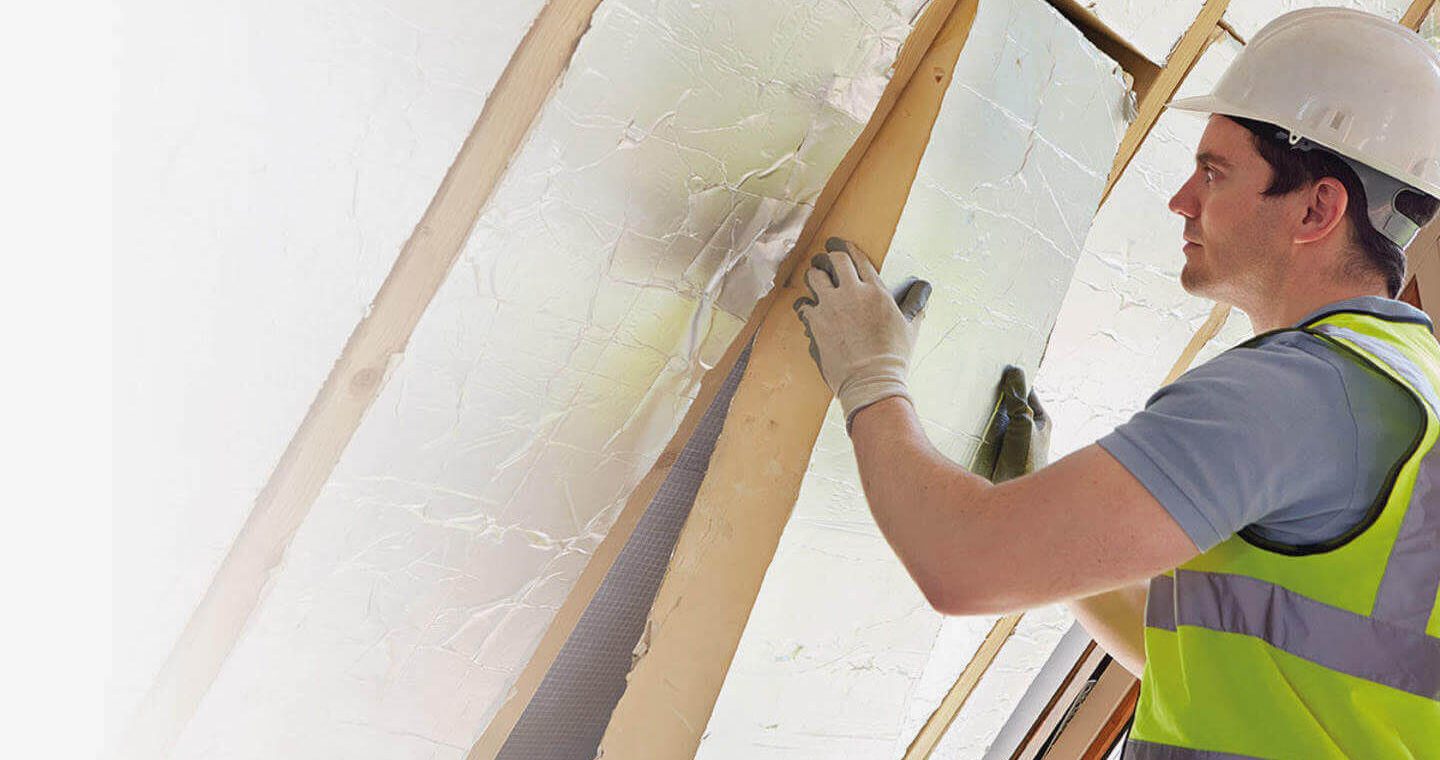
Home insulation is just as important as your HVAC system. No matter how you crank up your air conditioning unit or your heating system, if you’re losing conditioned air to cracks and leaks on walls and the ceiling, you won’t be happy with the result. This is true in any location but more so in Arizona where summers are known to be brutally hot.
When it comes to home insulation, the attic is a key location in heating and cooling the rest of the house. Now here’s the problem in many homes: attic insulation is often neglected more than the HVAC system itself. We know many home and business owners neglect HVAC maintenance, so imagine the insulation issues in the attic that usually go unnoticed until the need for damage control.
Both the HVAC system and the insulation system must go hand in hand to achieve the desired temperature and humidity levels in your home. It’s not whether your attic is a living space, just a storage area, or a tiny crawlspace.
Much like duct sealing, air sealing the attic complements the functions of the heating, ventilation, and air conditioning system. When one system is not doing its job properly, it inevitably affects the other, reducing comfort level and air quality while increasing inconveniences and energy costs.
What Is Insulation?
Insulation helps keep the desired temperature and humidity level in your home no matter the time of the year. It protects you and everything inside your home, like appliances, food, and other supplies, against the cold in winter and excess heat during hot summer months.
An efficient air sealing system provides energy savings because it maximizes the work of the HVAC system. With the right insulation installation and materials, it also effectively reduces noise pollution, giving you peace and comfort inside your home.
The effectiveness of an insulation system is determined by its R-value, or its ability to withstand heat, or its thermal resistance. There are several factors that determine the R-value of an insulation system. These are the material used for insulation, density and thickness of said material, and the insulation installation.
Choosing the right insulation type for your attic space and location, as well as choosing the right insulation contractors for any insulation service, will help you make the best of the system at home.
Other factors that cause duct leakage are clogged vents and air filters. When both components are clogged, they cause pressure buildup in the ductwork of your home that results in duct leakage.
Pests and animals trapped in the ducts can bore holes in the ductwork and leak air too.
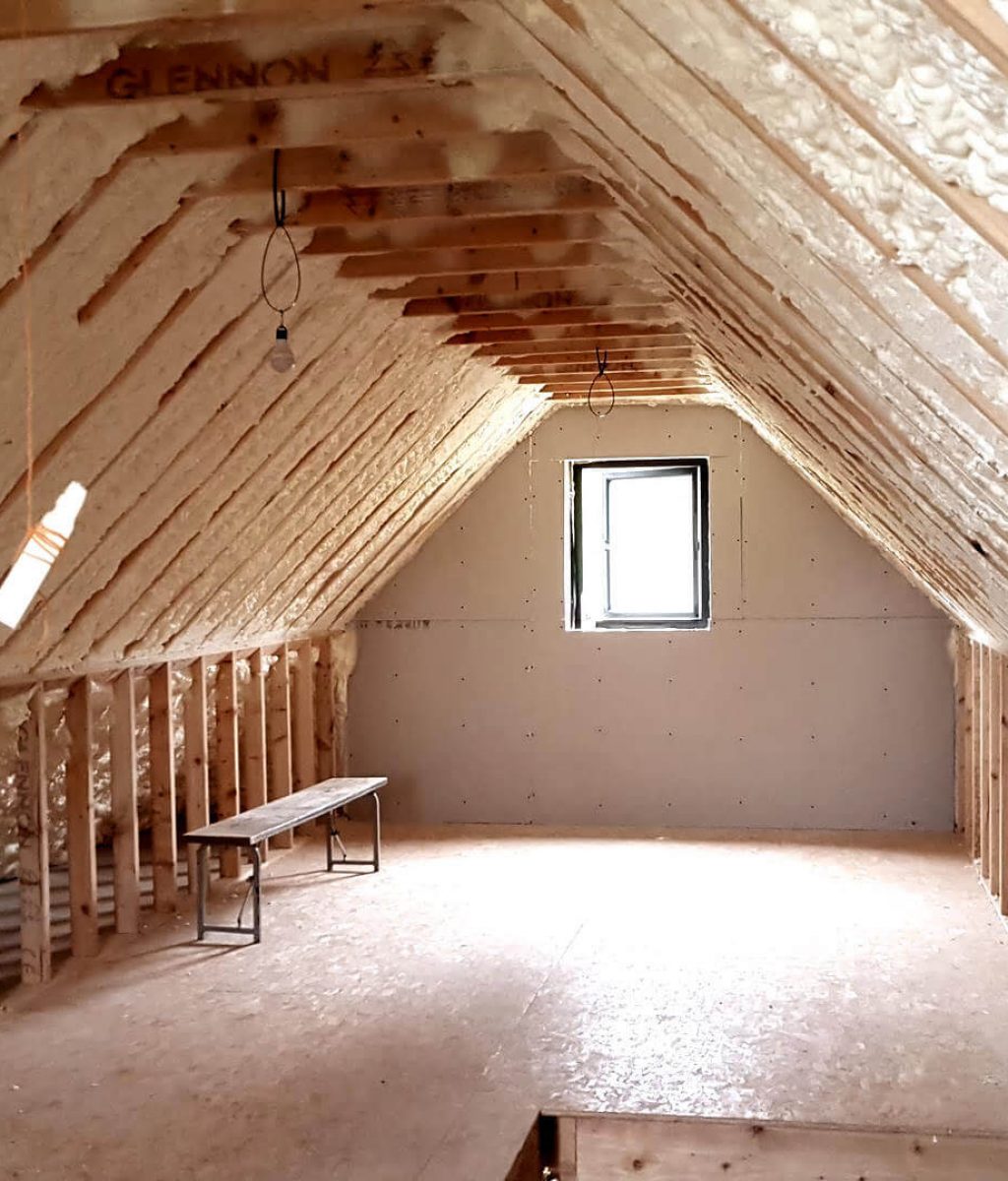
Types of Attic Insulation
For home insulation in Phoenix and other areas in Arizona, blown-in insulation is highly recommended, but just so you know, there are different insulation options you can choose from. Each insulation type gives different insulation levels and has different energy efficiency. Each has its pros and cons.
These insulation options are radiant barrier attic insulation, blown-in insulation, batt attic insulation, and spray foam attic insulation.
Radiant Barrier Insulation
Radiant barrier insulation depends on reflective materials to reflect heat and energy away unlike other insulation types that depend on density to withstand heat. The barrier insulation materials are sprayed on the bottom of the roof in the attic or installed on a foil-backed insulation board.
Barrier insulation does not degrade over time and is not prone to mold. However, radiant barriers are prone to dust and are not effective in colder climates.
Batt Insulation
A batt is a pre-fabricated material with a paper backing. Batts are made of mineral wool or fiberglass. In the past, this insulation type was manufactured in rolls. Today, batts are manufactured and precut into standard sizes.
Batts are effective for insulation. They can be used to insulate walls, floors, ceilings, and attics. However, installing batts is more labor-intensive than installing other insulation types.
Spray Foam Insulation
New and old houses can both benefit from spray foam insulation. Foam is applied to the attic ceiling to remove holes and cracks in existing insulation. Spray foam insulation is often used together with another insulation method. It’s like an additional layer that efficiently seals off a space to controlled temperature and energy usage.
Blown-in Insulation
Blown-in insulation is common in Phoenix and other areas in Arizona. Also known as loose-fill insulation, this insulation process involves filling joist cavities or stud or covering attic floors with loose material with good insulation R-value, like fiberglass, cellulose, or mineral wool, that has a good insulating R-value.
Blown-in installation uses a large hose spray attached to a mechanical blower or hopper that blows fiberglass, cellulose, or mineral wool through the hose to wherever it is required. Blown-in insulation is the preferred method of adding insulation to existing construction, both for attic spaces and in wall cavities.
Common Types of Blown-in Insulation
Fiberglass Insulation
Fiberglass blown-in insulation is a popular insulation method for the attic. It has an R-value that ranges between 2.2 to 4.3. Fiberglass is made up of plastic filaments mixed with recycled glass spun into fibers.
The glass in fiberglass insulation slows the spread of heat, cold, water, and sound. It is affordable, highly accessible, and does not shrink. Homeowners with fiberglass insulation report reduced energy consumption by up to 40 percent.

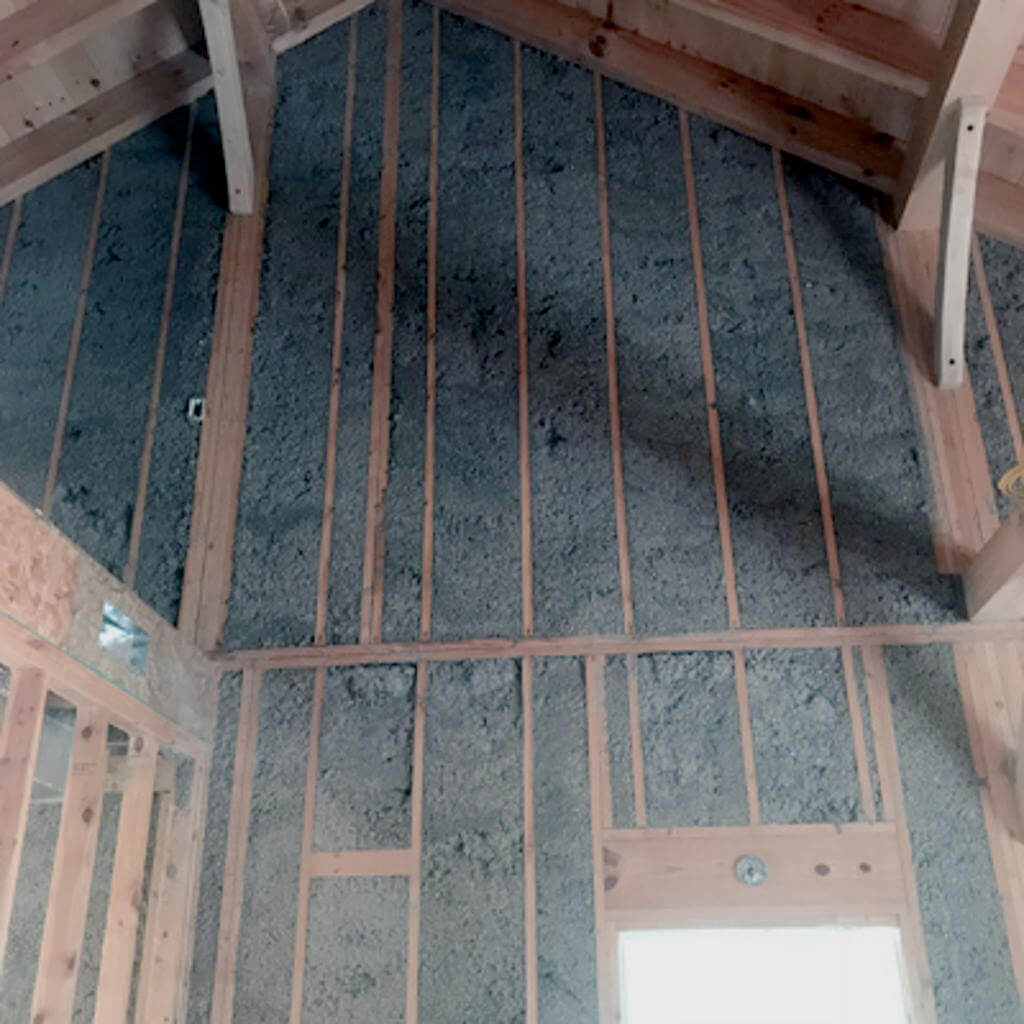
Cellulose Insulation
Cellulose insulation typically comes from recycled paper or wood. It is blown into empty spaces of a house, like an attic, to slow down the heat or cold transmission.
Blow-in cellulose insulation conforms to most obstructions found in walls and attics and offers an average R-value of 3.5 per inch of thickness, making it an energy-efficient way of insulating an attic.
Cellulose insulation is inexpensive but it is prone to mold and mildew because it absorbs water. Once it’s wet, it can sag and release harmful chemicals into the air. Cellulose insulation can also be extremely flammable and needs to be treated with anti-flammable chemicals. Hence, you need a professional insulation technician when installing cellulose insulation and when doing maintenance.
Compared to traditional air duct sealing methods, Aeroseal is faster, more efficient, and more effective. Residents of Phoenix and other surrounding areas in AZ can rely on Aeroseal’s effectiveness, especially during summer.
Mineral or Rock Wool Insulation
Mineral or rock wool insulation was first commercially produced in Germany around 1871, but with newer insulation options, this particular insulation method lost its appeal until its recent revival.
One of the advantages of mineral wool insulation is its ability to resist fire without using flame retardant chemicals. It is also water-resistant and provides an excellent soundproofing advantage over other insulation methods.
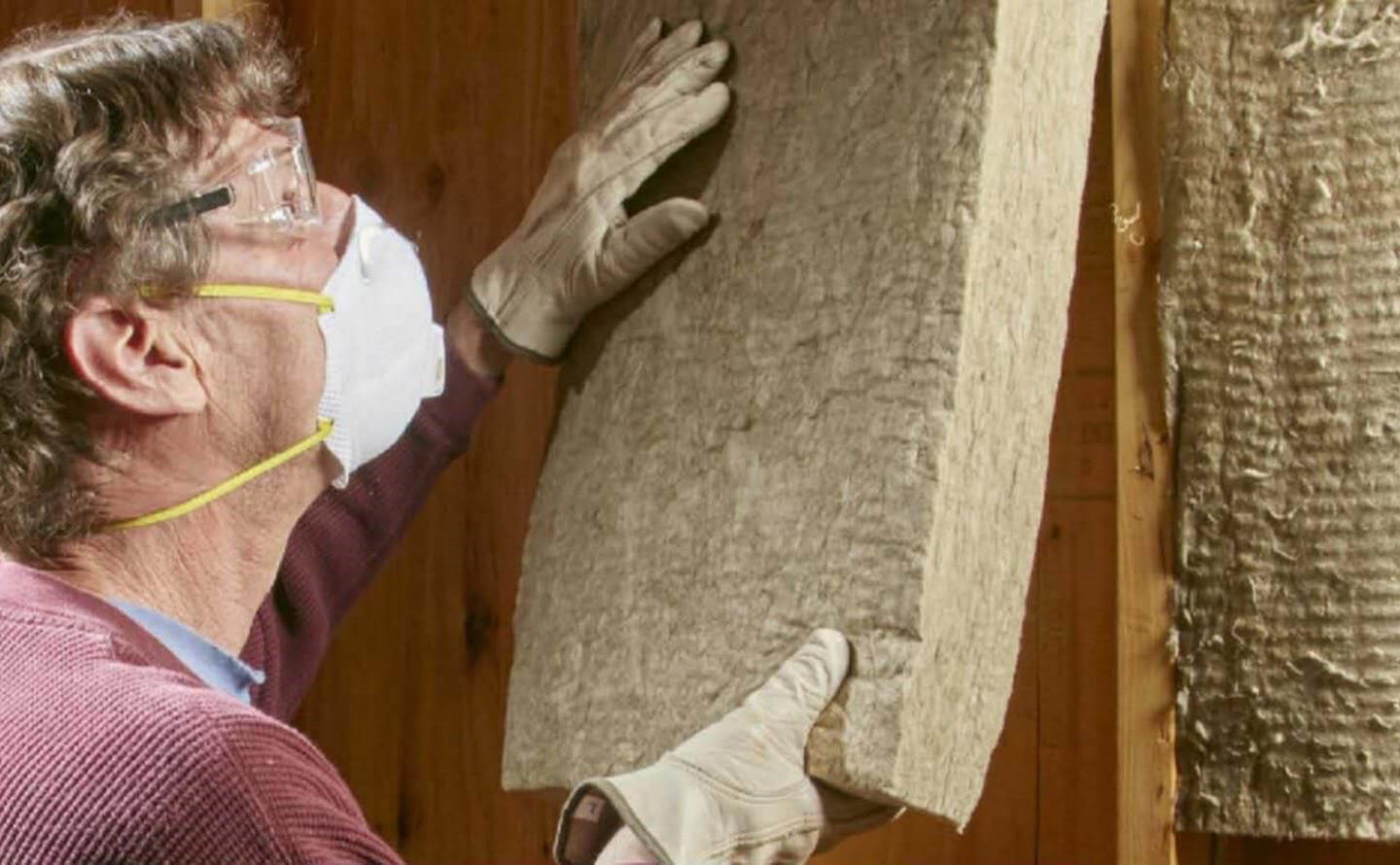
Benefits of Blown-in Insulation
Among different insulation types, blown-in insulation is preferred by professionals for homes and business establishments in Arizona because of its efficiency and convenient installation process. Among the different insulation types, blown-in insulation is the quickest and easiest to install.
Because of its numerous benefits, blown-in insulation is one of the most worthwhile projects you can undertake as a homeowner, especially for homes located in Arizona.
Energy-Efficient
The blown-in insulation enhances HVAC performance by locking in cooler temperatures and preventing heated and cooled air from leaking out. Blown-in insulation effectively seals off tiny cracks and holes so that you don’t lose conditioned indoor air.
Because it is energy efficient, blown-in insulation helps homeowners save up to 50 percent from their utility bill.
Fire Protection
The materials used in blown-in insulation, like fiberglass and cellulose, are extremely fire resistant. They seal cracks and holes effectively, leaving the attic space airtight and safe from fires.
Quick and Easy Installation
Blown-in attic insulation is easy to install. The process can be done even without removing the existing drywall. The process uses a large hose that delivers the materials for insulation directly into the spaces to be covered.
Where there is low headroom clearance or irregular joist spacing, blow-in insulation is the ideal method. Installers simply blow insulation fibers to the correct depth and density and be done with the job in a few hours.
When installed correctly by professionals, like our technicians at Air Care Cooling & Heating LLC, blown-in materials seal just about anything, from electrical wiring, plumbing pipes, and wooden crossbeams for seamless protective covering.
Reduced Outside Noise
Blown-in materials create an airtight seal in the attic that effectively reduces outdoor noise pollution and indoor noise from one room to another. Its noise-resistant property increases indoor comfort levels so that even the attic can become a living space.
Reduced Condensation
Blown-in attic insulation keeps condensation and moisture out of your attic. Without moisture, mold, mildew, and certain bacteria cannot thrive. Blown-in attic insulation prevents rotting, unpleasant smells, roof damage.
Insulation Maintenance
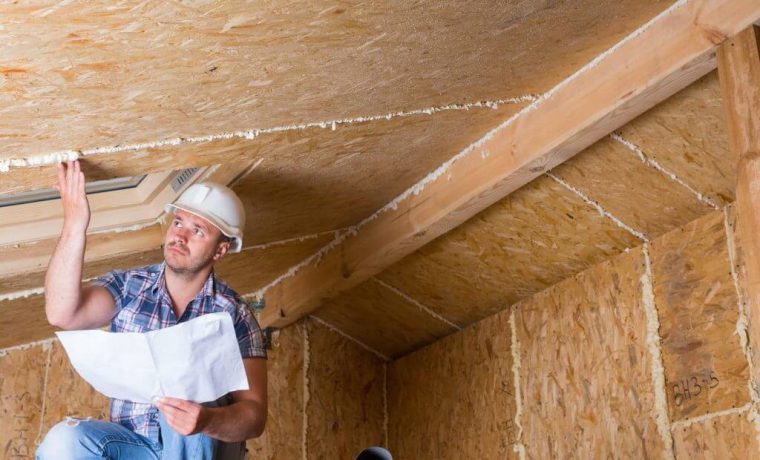
Attics provide a protective barrier for homes from heat, cold, and humidity, but it has to be properly insulated to do its job. Insulation maintenance will help keep your attic insulation in optimal condition. At least once a year, professional insulation contractors must give your attic insulation an energy audit and check for damages due to age and mechanical functions.
In some homes, moisture is a huge problem. It leads to the sagging of the insulation system, as well as mold and mildew.
In conclusion, an effective home insulation system in your attic reduces the energy you need to keep your home at a comfortable temperature. Blown-in insulation provides an airtight seal in attics so that heat and cold are controlled and energy efficiency is achieved.
Contact Us
For any issues or for professional assistance with your home insulation projects, contact us immediately. Air Care Cooling & Heating LLC provides insulation repair and maintenance services in different areas in Phoenix AZ. From home inspection, cost estimates, to system repair or maintenance, our reliable technicians will ensure you have the best attic insulation.
